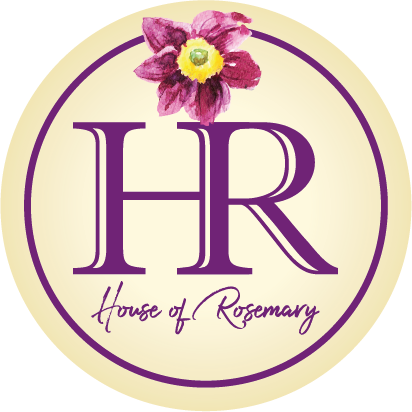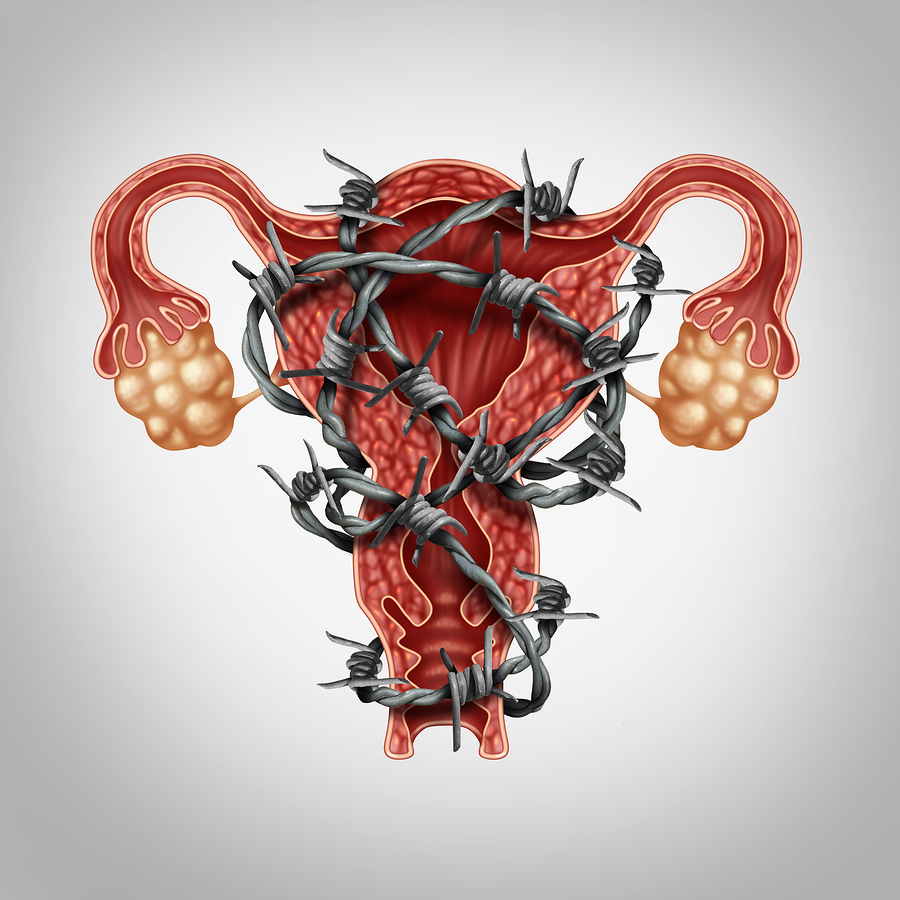Period Pain – Is There A Way Out? (7min Read)
If you’re reading this, chances are you have experienced that gut-wrenching feeling we call period pain OR you know someone who has! It’s fair to say many of us have grown up with the notion that our menses is nothing less than a very difficult & painful time of the month, and there’s nothing we can do about it. We just have to serve out our sentence every month and suffer & smile in silence. Well you’ll be thrilled to know this is not the case! Period pain does not have to be the rolling story of your life & there are definitely ways to overcome this and make it a thing of the past.
What exactly is period pain?
Period pain is brought on by an over-production of inflammatory chemicals. Now we’ve all heard of ‘anti-inflammatory’ remedies (especially if you spent your summer running away from pollen). But what exactly is inflammation? Simply put, it’s the body’s way of defending itself and it typically presents in the form of pain, redness, swelling and heat. For example, you get a cut across your arm, so in order to prevent bacteria or infection getting through exposed skin, your body releases inflammatory chemicals such as prostaglandins involved in a series of events to help seal the wound. In this process, blood vessels dilate to allow more blood flow and oxygen to reach the affected area so it can heal. However, in the case of period pain, when too much of these chemicals are released, it’s usually in response to foods we are consuming or other inflammatory triggers.
What causes inflammation?
Inflammation can be triggered by too much sugar which leads to tension in the muscles. This happens due to a build-up of glucose in the blood vessels, preventing oxygen and nutrients from flowing properly into your pelvic area. When this happens it causes cramping as your body is lacking adequate nutrients, which then causes you to reach for the pain-killers and hot water bottle to get some relief.
Endocrine disrupting chemicals (EDCs) are a major culprit of inflammation and are responsible for conditions such as fibroids, endometriosis, PCOS and breast cancer. EDCs are toxins that get into our bloodstream and mimic our own hormones, causing havoc in our bodies. They are found in environmental toxins and plastic bottles which introduce xeno-oestrogens into the body. An excess of oestrogen is the clinical hallmark of many of the reproductive conditions women are faced with today. Excess oestrogen causes a thicker lining in the uterus in between your period, which has to be broken down and sheds during your period. But because there’s a thicker than normal lining that your body has to breakdown, it causes pain and cramping as your body tries to shed this extra endometrial tissue.
So what can we do about period pain?
- Reduce the amount of refined sugar you consume. I know that may sound too simple but if you are going to indulge, treat yourself to healthy fruit and nut snacks, dark chocolate which is rich in magnesium, an excellent muscle relaxant. If you have a sweet tooth, try to reduce your sugar intake at least 7 days before you are expected to come on your period. Your body will thank you and it will go a long way to reducing PMS symptoms.
- Reduce your use of plastics as these have a major disrupting effect on your hormones. Try replacing it with BPA-free plastic, glass bottles or stainless steel bottles.
It takes very little effort to bring about big and visible changes to your health, mood, sleep and your period. Achieving a pain-free time of the month is absolutely possible, you just have to be willing to take the first step.
For great tips and solutions to reducing period pain naturally, sign up for your FREE guide ABC to Living Pain-Free today.
Take homes:
- Period pain is an over build-up of inflammation which causes muscles to tense and cramp up.
- Inflammation is the body’s way of protecting itself but too much of it means the body is responding to inflammatory triggers.
- Endocrine disrupting chemicals (EDCs) cause toxins and excess oestrogen to enter our bloodstream, wreaking havoc, leading to extra thickening of the uterine lining.
- Cut down on plastic use which cause excess oestrogen in the body, leading to excess pain and cramping because of the thicker uterine lining being shed each month
- Cut back on sugar at least 7 days before you’re expected to come on to help reduce the level of inflammation and pain.
References
Bavil, D.A., Dolatian, M., Mahmoodi, Z. and Baghban, A.A. (2016) Comparison of lifestyles of young women with and without primary dysmenorrhea. Electronic Physician, 8(3) 2107-2114.
Chhabra, S. (2017) Primary dysmenorrhea and serum magnesium in young girls A pilot study: Nessa J gynecology.
Moini, A., Ebrahimi, T., Shirzad, N., Hosseini, R., Radfar, M., Bandarian, F., Jafari-Adli, S., Qorbani, M. and Hemmatabadi, M. (2016) The effect of vitamin D on primary dysmenorrhea with vitamin D deficiency: A randomized double-blind controlled clinical trial. Gynecological Endocrinology, 32(6) 502-505.
Shah, S., Verma, N., Begani, P., Nagar, H. and Mujawar, N. (2016) Effect of exercises on primary dysmenorrhoea in young females. Int J Physiother Res, 4(5) 1658-1662.
Stewart, K. and Deb, S. (2016) Dysmenorrhoea. Obstetrics, Gynaecology & Reproductive Medicine, 26(12) 364-367.
Taiwo, O.O. (2017) : Dysmenorrhea and impact on quality of life. Journal of Current Medical Research and Opinion, 1(3).



